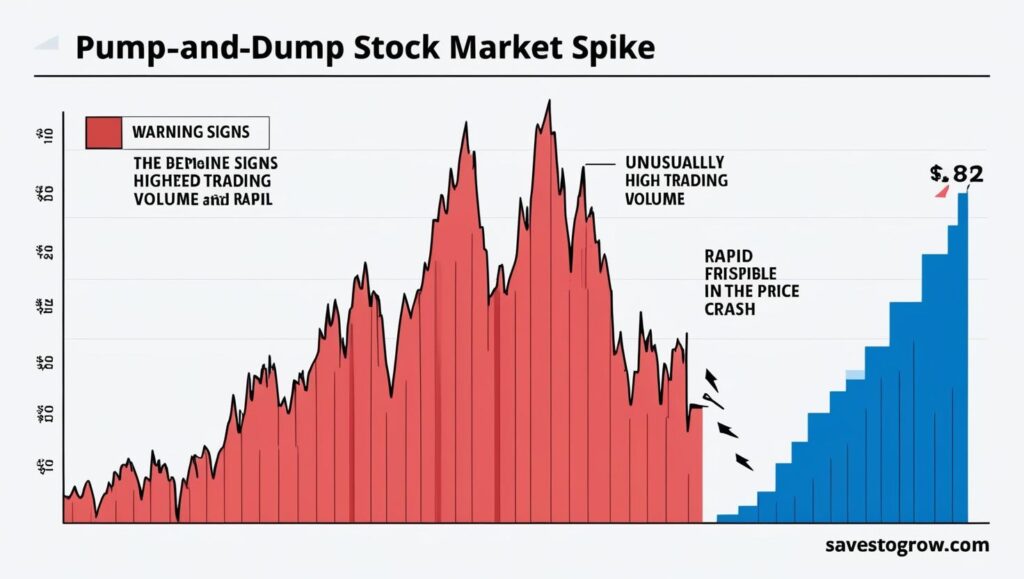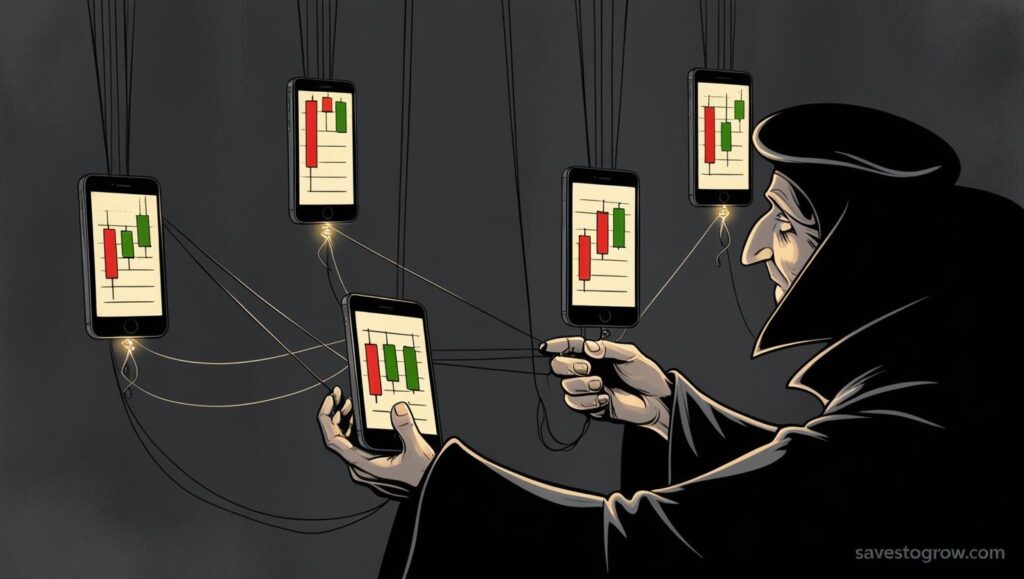It started with a message from a distant cousin. “Hey! This stock is about to explode. Don’t miss it.”
It felt casual. Even friendly. But within weeks, dozens of people in my extended network were duped, drained, and furious. And the worst part? No one’s really talking about how deep this rabbit hole goes.
This article is your wake-up call.
1. The Bait: How It Begins
The WhatsApp stock scam doesn’t start with spammy links or strangers. It starts with someone you trust.
You’ll get a message like:
“Hey, I’ve been following this investor group—they’re legit. This stock is about to rise. Buy now before the price jumps!”
Sometimes it’s a forwarded message. Sometimes it’s a voice note. The key tactic? Make it look friendly, timely, and exclusive.
The stock in question? Often a small-cap or penny stock you’ve never heard of. Yet, the tip feels exciting. Urgent. Too good to ignore.
2. The Switch: What’s Actually Happening

Here’s the dirty trick behind it.
This is a classic “Pump and Dump” scam—modernized for WhatsApp:
- Step 1: Scammers quietly buy large amounts of an illiquid stock.
- Step 2: They flood WhatsApp groups and private messages with “insider tips”.
- Step 3: Thousands of retail investors buy in, pushing the stock price up artificially.
- Step 4: Scammers dump their holdings at the peak.
- Step 5: The stock crashes. Everyone else is left holding worthless paper.
And because WhatsApp messages are encrypted and private, authorities struggle to track the source.
3. Real Victims, Real Losses

In 2023 alone, SEBI flagged dozens of stocks that spiked suspiciously before crashing within days. Many were linked to viral WhatsApp campaigns, some reaching over 100,000 users within hours.
In one case, an elderly man in Pune lost ₹9 lakhs. Another woman in Bengaluru pulled funds from her child’s education account after a friend insisted she was “missing out.”
These aren’t careless investors. These are regular people blindsided by engineered trust.
4. Why This Scam Works So Well
✅ Trust = Blind Spots
When tips come from someone you know, you drop your guard. That’s the psychological lever scammers pull.
✅ Low-Tech, High Impact
No phishing links. No fake websites. Just text. Which makes it nearly invisible to traditional scam detection systems.
✅ Small Wins as Bait
Often the first tip “works.” The stock may rise a little, making you think, “Damn, this is real!” That’s when people start betting big. That’s also when the fall begins.
5. Red Flags to Watch Out For

- 🚩 Stock tips from non-financial groups (family, friends, random school WhatsApp groups)
- 🚩 No solid info on the company’s fundamentals
- 🚩 Urgency and FOMO-driven language
- 🚩 Pushes to buy low-volume stocks listed on small exchanges
- 🚩 Forwarded messages without a traceable source
If a stock tip comes from someone who isn’t a financial expert, treat it like gossip—not gospel.
6. How to Protect Yourself (and Others)
- Never act on a stock tip without verifying the source.
- Use official platforms like NSE, BSE, or Moneycontrol to check stock fundamentals.
- Report suspicious messages to SEBI’s watchdog email: help@sebi.gov.in
- Educate your network. Especially parents, relatives, and retirees who may not know better.
FAQs
Q: Is it illegal to forward a stock tip on WhatsApp?
If you’re knowingly sharing false or manipulative information, yes. SEBI has prosecuted individuals for aiding pump-and-dump scams.
Q: Can SEBI track these scammers?
It’s challenging. WhatsApp’s end-to-end encryption makes tracing origins difficult unless someone reports early.
Q: Are small-cap stocks always risky?
Not always—but when combined with viral messaging and sudden surges, they become prime vehicles for manipulation.
Q: What should I do if I already bought into one?
Check stock fundamentals immediately. If you suspect fraud, consider exiting quickly and report it to your broker and SEBI.






